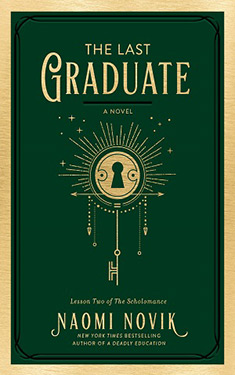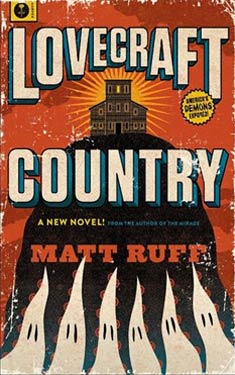R Roderick Rowe
Completed 1/27/2024, Reviewed 1/27/2024
3 stars
Gay Science Fiction Erotica is a narrow subgenre in which I’ve delved a bit. What I look for in such a book is the same as in any book: plot, prose, world building, and characterization. I also like to see the explicit sexual scenes flow naturally within the story. Back in the 80’s, there were some incredible writers of gay erotica that wrote for explicit gay men’s magazines which were later compiled and published because they were recognized as great writing. That’s my background coming into this book. It had some of the qualities of a good, even great, erotic novel. However, it came across more like a documentary.
The book began strongly, with the main character, Jamari, coming to the decision that it is his time to begin the Manhood Rites. In this not-to-distant world, a tribe of people have established a utopian society in which young adults decide for themselves when to begin the rites and the community affirms that decision after the process. It prevents immature people from attaining full adulthood and participation in the community before they are ready, and mature youths to attain it sooner. This utopia also keeps men and women separate, where homosexuality is the norm and heterosexuality is used for procreation only.
Jamari’s training begins by getting an insider’s view of what keeps the tribe going. He visits the power plant, the farmlands, and lots of other trades. He learns more about the history of the great ‘quake that threw the U.S. into chaos, the subsequent wars in that region (the great Northwest), and the establishment of the tribe. He is also trained in the way of sex, both for pleasure and for procreation. He has a mentor, Shane, who is a few years older. Shane is his guide through much of this exploration, both industrial and sexual.
I think like many queer readers of science fiction and fantasy, I liked the reversal of the sexual norms. It gives us a feel of what it would be like to not have to fear being ourselves. But it still acknowledges the need for straight sex to provide for future generations. Rowe does some interesting things with this, though, namely, during Jamari’s training for his first breeding. Women are given all the power in the situation. They decide whether they just want to be impregnated, or if they want to experience pleasure in it. They are trained more than men in self-defense to prevent being taken advantage of sexually or raped. In the male-male sex scenes, it’s all about giving your partner pleasure and mutuality. Sex in general is not taboo, but merely an expression of one’s self or a means to an end.
Unfortunately, I found Jamari’s training in the functioning of the tribe to be rather dry. It was more like a social studies lesson than a fictional account of a working society in a post-apocalyptic future. Jamari was all, “Golly gee” and “That’s awesome.” Okay, not exactly those words, but books where there is a lot of description and resultant wonder get tedious after a while. Even the sex scenes in the midst of this exposition were not that inspiring. The best parts of the book are the beginning and the end. They hold the most drama. The middle, not so much.
This was too bad, because I thought the writing was pretty good. The world building really is quite phenomenal. Rowe put tons of thought into how he wanted this society to operate, based on mistakes and lessons from the past. He brings in current events that formed our national psyche and rebels against the resulting malaise. It’s very smart and very inventive, even though I didn’t necessarily agree with all of it.
I give this book three stars out of five. I liked the characters. Jamari and Shane are well developed. I liked the writing. I liked the world building. I just didn’t like the lack of movement in the plot. This book is the first of a trilogy. I don’t have the other two books, but I have a standalone about the genesis of the tribe, which I’ll read soon. Will I read the rest of the trilogy? I might. I’d like to see how Jamari transitions into adulthood, and if the story becomes more plot driven.




